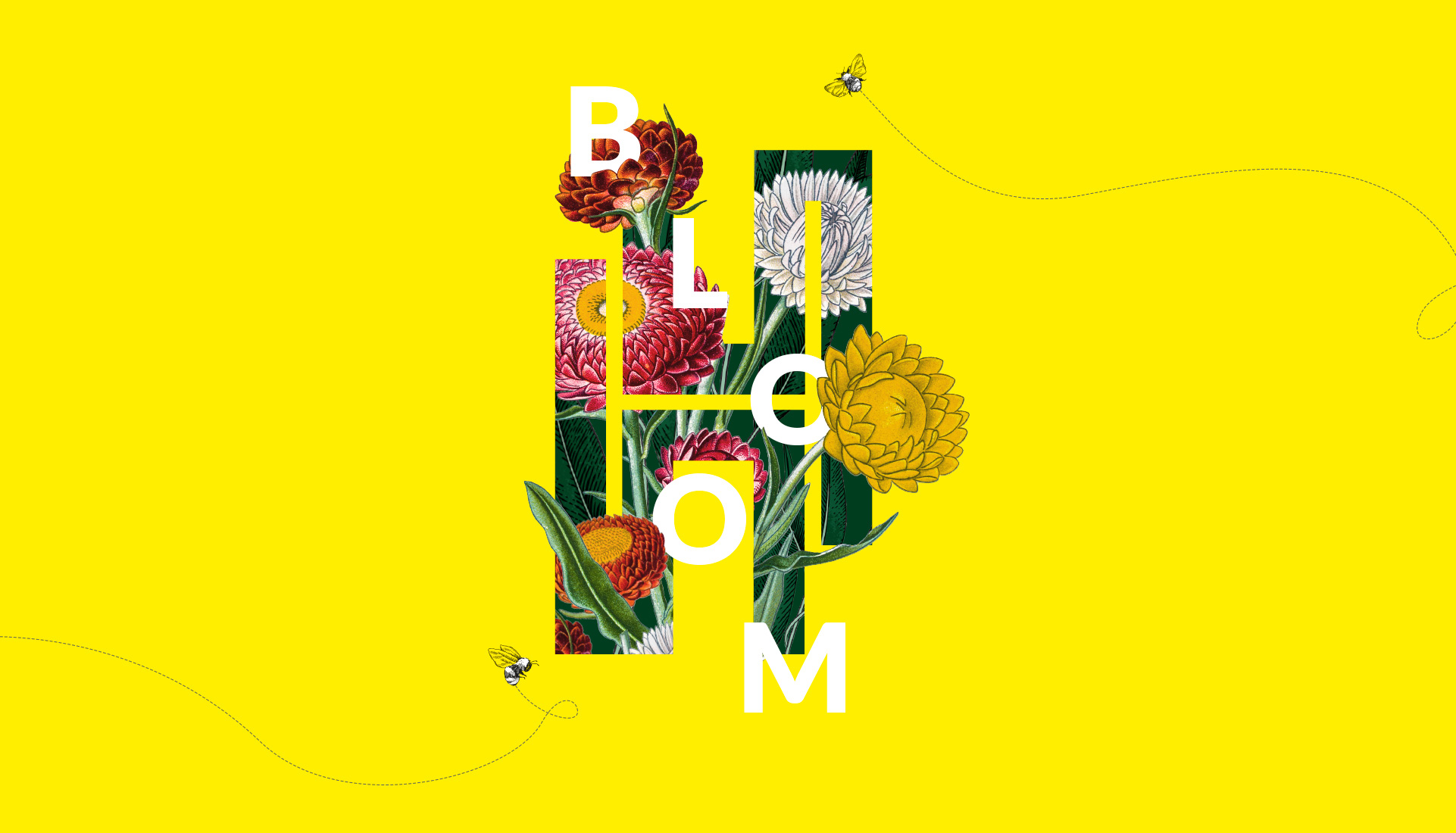

After a year of working like busy bees, it's time to stop and smell the flowers.
So we wanted to share a selection of our favourite blooms to say thanks for an incredible year of campaigns that stick in minds and good company.
These hardy little native blossoms will bloom in 2024, bring a little extra brightness to your backyard (or balcony) and serve as a colourful reminder of what a little care can do.
You might also help out our littler workforce while you're at it. All of our Hive blossoms have been carefully selected to serve as a food, pollen and nectar source for Australia's native bees, butterflies and birds.
So these holidays, take care, take a moment and set yourself up to bloom in 2024.
Happy holidays from your friends at Hive.

Native to Australia, these sturdy flowers are often found in meadows and on high plains. Available in a range of colours, we personally love the original yellow flowers.
We also recommend picking a bunch of flowers once they first open and hanging them upside down til the stems dry. Now your everlasting daisies really will be everlasting.
Plant Care: Plant in Spring, or Autumn for warmer climates. Space plants 20cm apart or in a well drained pot. Keep in a sunny position and water regularly. Seeds should germinate in 10- 14 days. Once flowering, cut spent heads for longer flowering.
Recommended by: Zach

Tennis ball shaped and golden yellow, these drought-resistant native plants are a unique addition to any garden, balcony or bouquet.
Billy Buttons can grow almost anywhere, from coastal regions to alpine plains, and are well suited to the Australian climate.
Plant Care: Plant in Spring or Summer by simply scattering the seeds and lightly raking to cover them with soil. Plant these sunseekers in a highly sunny area, up to 6 hours of sun a day is recommended. Seeds should germinate after 1 - 3 weeks, when you should transfer them to be spaced 20cm apart. A highly drought tolerant plant, they don't need much water. We'd recommend only watering when the top soil is dry.
Recommended by: Edwina

A heath-like shrub, the Mallee Bush-Pea (or small-leaved Eutaxia) is known for it's tiny yellow pea flowers. Fire-resistant and full of pollen and nectar for our buzzing buddies, it grows well in most climates.
Plant Care: Flowering from August to November, these hardy little plants can tolerate full sun and full shade. Like most Australian natives, they are drought resistant, so we recommend only watering when the top soil is dry. They respond well to pruning and are often used as a ground cover to prevent soil erosion.
Recommended by: Rebecca

At Hive, being thoughtful, sustainable members of our community is important to us. From Christmas cards to concepts, we're always looking for new ways to spread a little good. And this giving season, it's bees.
Stripey little superheroes, bees are pollinating powerhouses. They keep our gardens green, our flowers bright and our toast extra sweet. But bee numbers are declining globally, largely thanks to human practises such as deforestation and industrialised agriculture. In Australia alone, there are 11 threatened species of our fuzzy friends. So crafting a garden that is bee-friendly is an easy way to extend a little extra joy to Australia's smaller workforce.
So this festive season season, plant flowers that are indigenous to your local area. Particularly plants that are pollen and nectar heavy. You might also find them attracting local birds and butterflies too. This way, our native friends can can eat, drink and be extra merry.
For our Victorian neighbours, you can check out the City of Melbourne Urban Nature planting guide for a library of indigenous, bee-friendly flowers, shrubs and trees.


Our team is always striving to do good. Good work, good ideas, good design. But this year we expanded our good a little further than the usual four office walls.
And where better to start than our namesake. We sponsored a local beehive!
Located on a rooftop in the Melbourne CBD, the Hive beehive is facilitated by Rooftop Honey, a swarm of beekeepers intent on bringing bees back to the city.
So between the new blooms in your garden, and our hive in the city, we hope to see Melbourne's bees bloom in 2024.